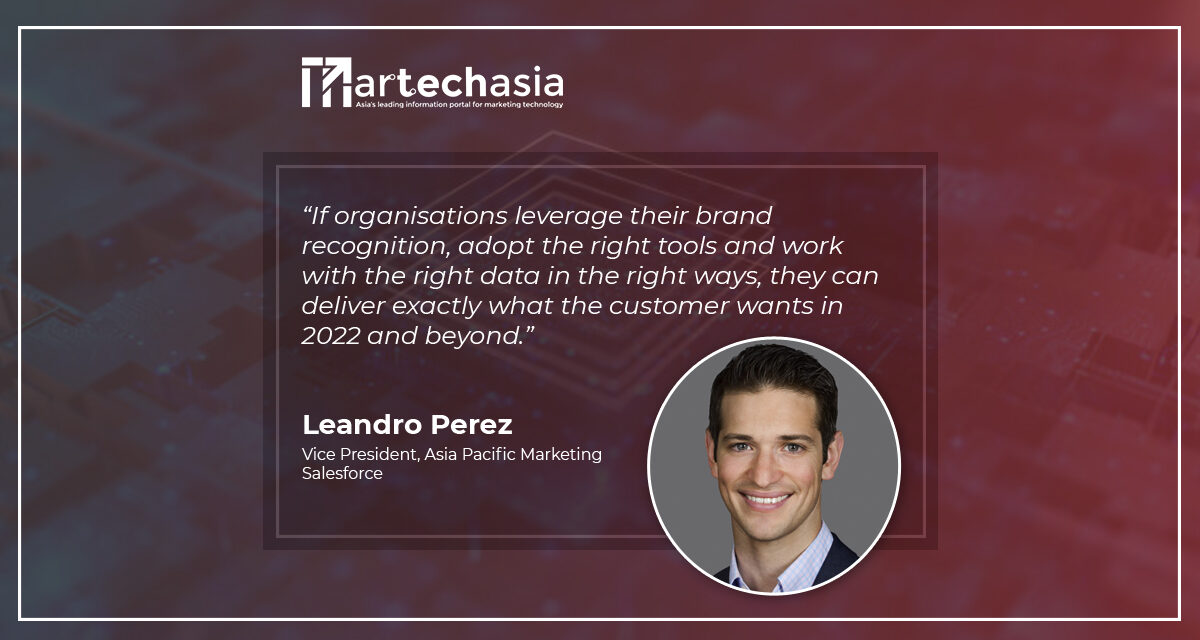One of the primary reasons CEOs are seeing the link between digital technologies and customer loyalty is the speed with which that loyalty can grow.
In 2020, the way the world conducted business underwent a sudden transformation that placed digital technologies at its centre. Today, over two years later, the move to digital continues to accelerate even as its impetus – the COVID-19 pandemic – begins to subside.
Such a seismic shift radically changed consumer mindsets and behaviours. Customer expectations evolved and increased in complexity. Today, consumers also have access to so many more options compared to the pre-digitalised marketplace.
As businesses race to meet these expectations, they soon realised that they need to put the customer first and rise to their demands. In this new noisy era, trust is the new world order, and customer loyalty is the new currency.
Customer loyalty is a CEO-level mandate
Prior to the pandemic, digital operations were often relegated to specific departments such as IT. Since then, these operations have blossomed into an organisational priority – from the CEO down. Those in the leadership team now see that digital is not only here to stay; harnessing digital and data in meaningful ways can lead to an endless list of benefits, and that includes higher customer loyalty.
One of the primary reasons CEOs are seeing the link between digital technologies and customer loyalty is the speed with which that loyalty can grow. When everything was mostly face to face, relationships took time to build and nurture. Now, organisations can use sophisticated tools to grab a customer’s attention from anywhere, at any time, from a multitude of touchpoints.
A great example is Phoon Huat, a well-loved baking ingredients and equipment supplier. The Singapore-founded SME saw the opportunity to leverage a cloud e-commerce solution to deliver an end-to-end, data-based digital customer journey across sales and customer support. The use of such technology has paid off. Phoon Huat is now reaping the benefits of enhanced customer trust and satisfaction as they expand across the region.
The rise of subscriptions
One way of securing brand loyalty digitally is through subscription services. These services are gaining popularity across many industries including retail, consumer goods, media, and publishing. Consumers will stick with a company that consistently delivers on what they need, but they also want to feel a sense of personal connection to a brand.
A prime example of a subscription service is the loyalty programme, which can be used to provide premium experiences to existing customers. Such programmes come in different forms, both free and paid, including those based on purchase history. Through the proper use of data, these programmes can be hyper-targeted to a customer’s moment-to-moment needs.
A 2020 McKinsey survey revealed that members of paid loyalty programmes are 60% more likely to continue purchasing from a brand. These paid (and often points-based) programmes are rising in popularity due to the exclusive benefits the customer enjoys.
At the same time, free subscription services such as newsletters should not be underestimated. These can provide personalised recommendations and communications that foster customer loyalty. Forging such relationships between customer and brand can often rally genuine support from customers.
The power of data and technology
The tools that enable this speedier and richer customer loyalty rely almost exclusively on data. Customer relationship management (CRM) software and related technologies afford organisations new ways of seeing and understanding consumers. By collecting, integrating, and acting on the insights gained from a 360-degree view of the individual customer, companies can now offer unprecedented depth of personalisation.
Personalisation is the lifeblood of customer loyalty. Consumers want to feel that they are seen and heard, and not just another entry in a spreadsheet. They want to be given what they want, when they want it. Just as much as they don’t want to be on the receiving end of impersonal communications or irrelevant offers.
Using the right tools to harness data allows organisations to understand and engage customers in the right way. That is, eliminating what detracts customers and building upon what retains their loyalty.
Putting your values into action
From climate change to widening inequality, today’s customers expect businesses to play their part in tackling the great challenges our world faces, at a time of unprecedented transformation and urgent crises.
Of particular relevance is sustainability. Every company will need to find its own approach, but companies can generally find the biggest impact in three areas: operations, product, and offices. Salesforce, for instance, has a net zero operations strategy, which means that our data centres and operations are carbon neutral. We have also achieved 100% renewable energy for all our operations, and recently launched a sustainability focused product called Net Zero Cloud.
The future belongs to businesses who embed environmental, social, and corporate governance into everything they do, aligning with the values that customers are increasingly prioritising. As the world changes, companies that change with it can effectively build trust and loyalty as a driving force.
More retention, less attraction
Our marketplace is saturated, making it more difficult than ever to cut through the noise and attract new customers. Businesses of all sizes are attempting to operate via multiple platforms and channels. Companies have access to a myriad of ways to compete for the attention of consumers. Consumers can now choose brands based on unique preferences, tastes, and values. The list goes on.
That is why retaining existing customers is so important. And customer loyalty, above all, is built upon these existing relationships. If organisations leverage their brand recognition, adopt the right tools and work with the right data in the right ways, they can deliver exactly what the customer wants in 2022 and beyond.

















